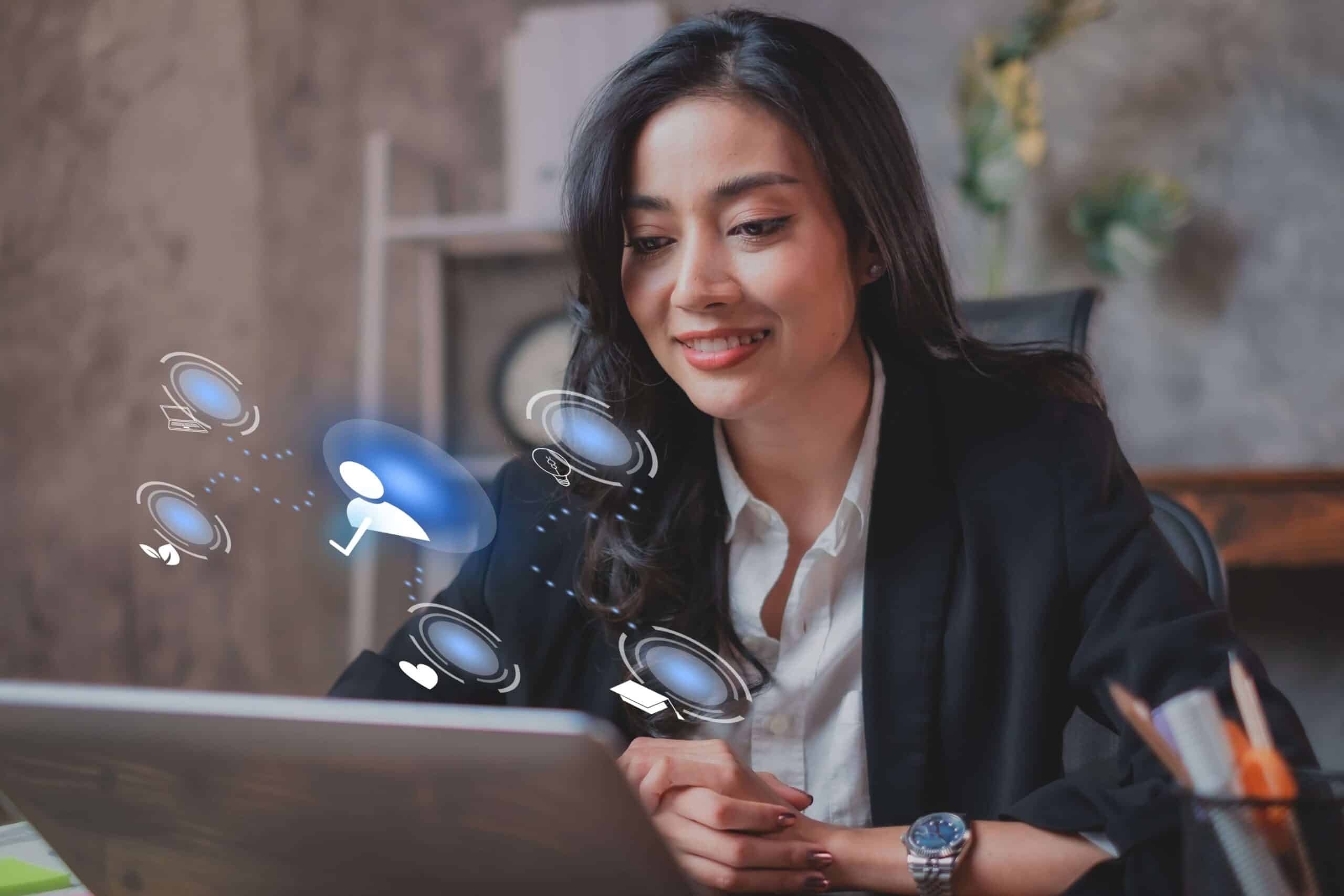- Best practices for implementing adaptive learning
- Adaptive learning in practice
To respond adequately to society’s constantly evolving needs, companies need to upskill their employees on a regular basis. One of the most effective ways to do this is with the help of an innovative teaching strategy called adaptive learning. As the name suggests, this method automatically adjusts learning material to match each learner’s current level of knowledge and skills, as well as their individual needs, preferences, and learning styles.
Best practices for implementing adaptive learning
Figuring out how to incorporate adaptive learning programmes into the workplace properly is often a rather complicated task, but it can be greatly simplified if HR departments adhere to the following best practices:
Firstly, adaptive learning programmes need to promote a learning culture within the company that will encourage employees to improve themselves constantly. One way to achieve this is to provide employees with more social-learning opportunities, which promote collaboration and teamwork and make the learning experience more engaging.
Secondly, to choose the right training programme for their employees, companies also need to collect as much information as they can about their interests and hobbies, their learning styles and preferences. They also need to make sure that any learning resources offered are occupation-relevant, industry-specific, and business-focused. Artificial intelligence (AI) technology can be a great help in this regard. A growing number of companies are adopting personalised learning systems that use both AI and machine learning to analyse employee performance and suggest suitable learning content to help improve their skills. This ensures that each learner receives a personalised training programme tailored specifically to their individual needs.
Thirdly, it is also a good idea to have a dedicated learner-support team to guide employees through every stage of the learning process, to ensure they have the best-possible learning experience.
Adaptive learning in practice
When combined with VR, AI can help create even more effective training programmes. A case in point is Pioneer Adaptive Learning, a new neuroadaptive training programme that allows companies to create highly immersive, realistic, and personalised learning experiences for employees. Developed by Singularity Group, it uses AI, VR, and applied neuroscience to create training programmes that can automatically adapt to learner needs and provide a safe environment where they have the freedom to make as many mistakes as they need to get things right. Pioneer relies on a proprietary method of interpreting physiological data to predict each learner’s needs accurately and in real time. By analysing a wide range of data captured by sensors embedded in the headset, such as heart rate, motivation, stress, or cognitive workload, the programme can identify the activities that stimulate employees and those that induce stress and anxiety. This information is then used to adapt the training programme in a way that increases employee engagement and facilitates memory retention.
EdApp is another interesting adaptive learning platform. One of its most notable features is Brain Boost, a spaced repetition tool that helps improve learner knowledge retention by administering automatic, personalised follow-up tests. As learners complete one session after another, the platform analyses their responses and adjusts the content and schedule based on their strengths and weaknesses. It also includes a comprehensive reporting tool, which enables course creators to identify gaps in each learner’s knowledge accurately and react accordingly.
Closing thoughts
One of the main roles of HR departments is to make sure that employees are equipped with the relevant knowledge and skills to meet the needs of the 21st century. Adaptive learning has proven particularly effective in this regard, enabling companies to provide their employees with a highly personalised and engaging learning experience that takes into account individual needs and preferences.




